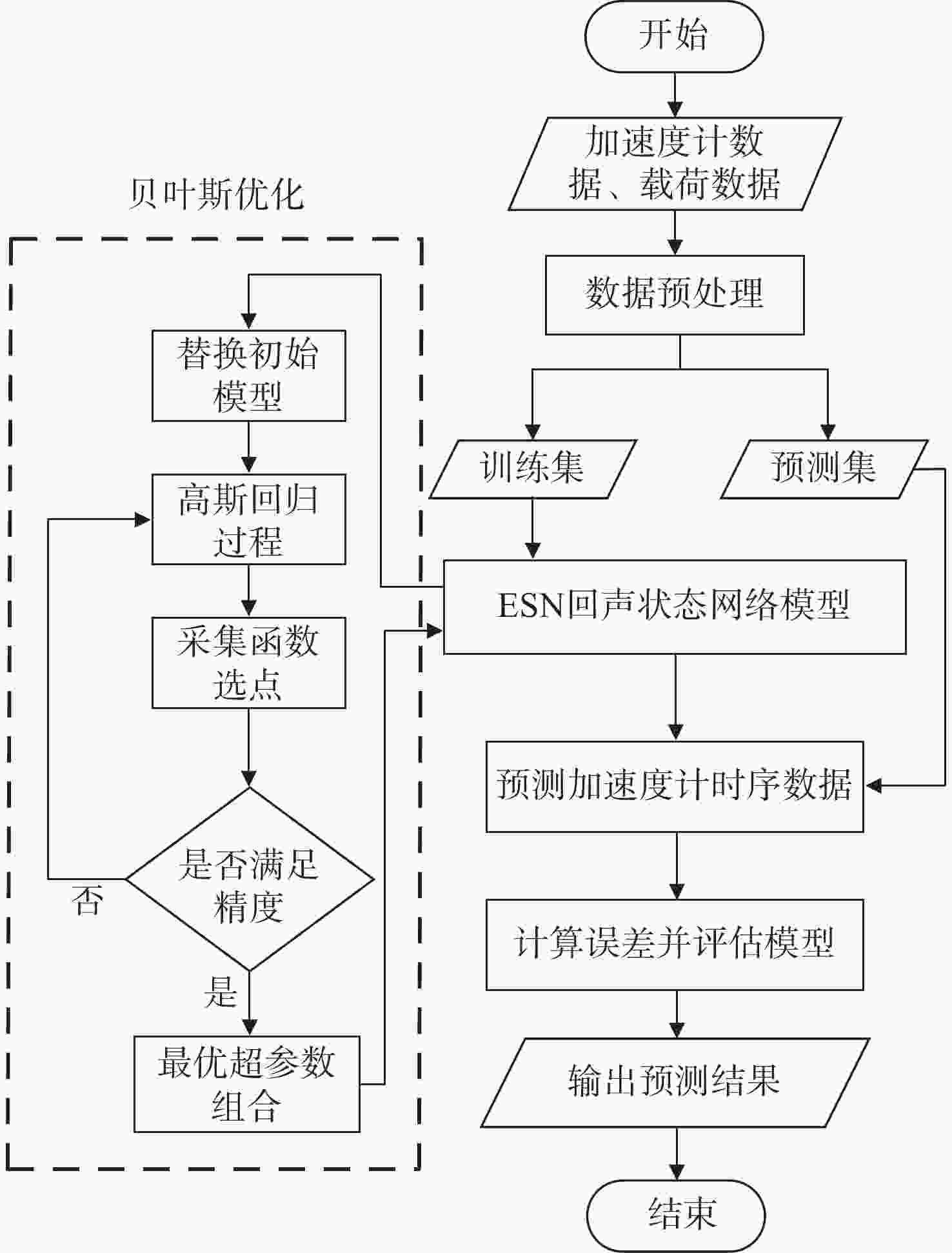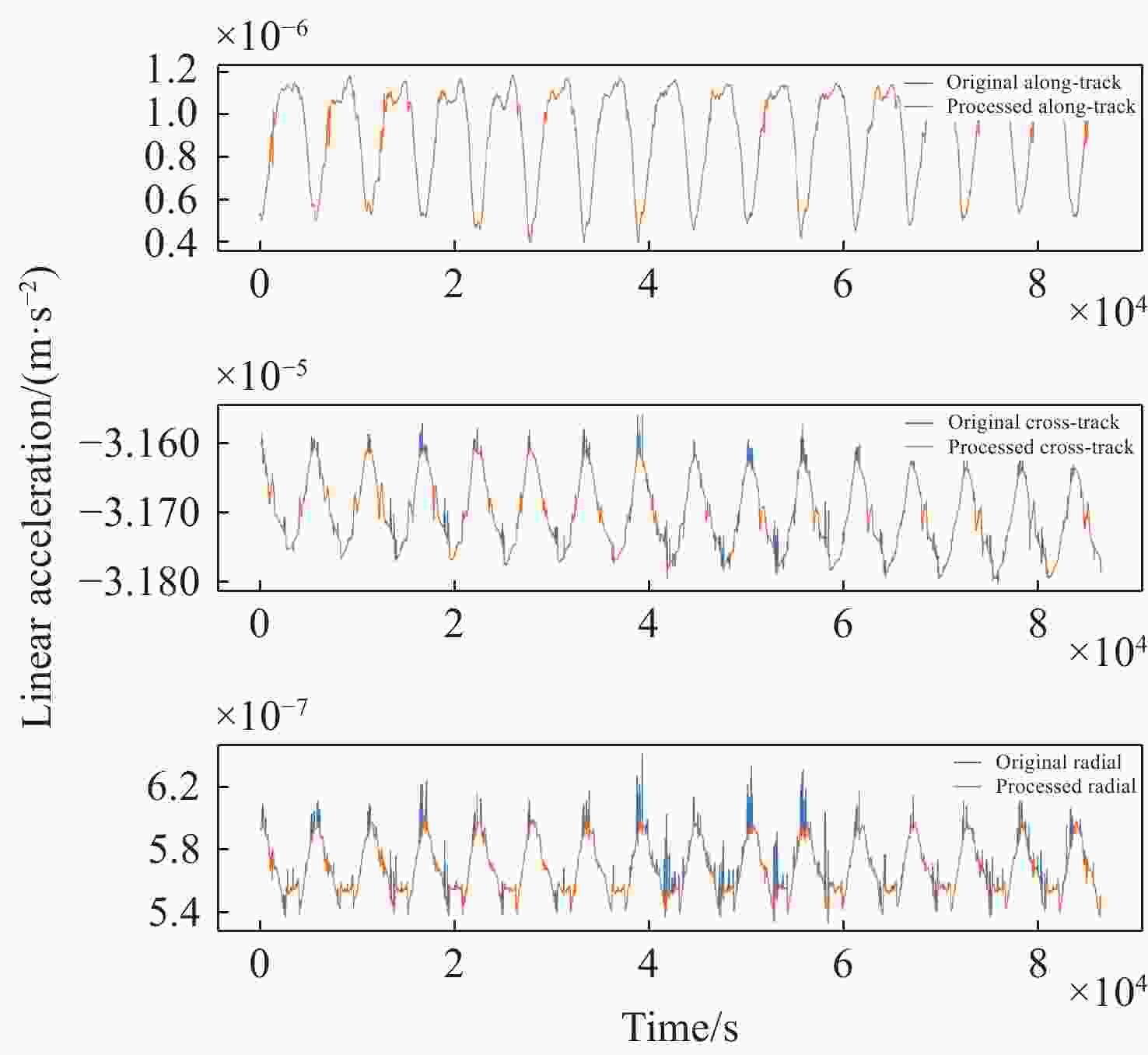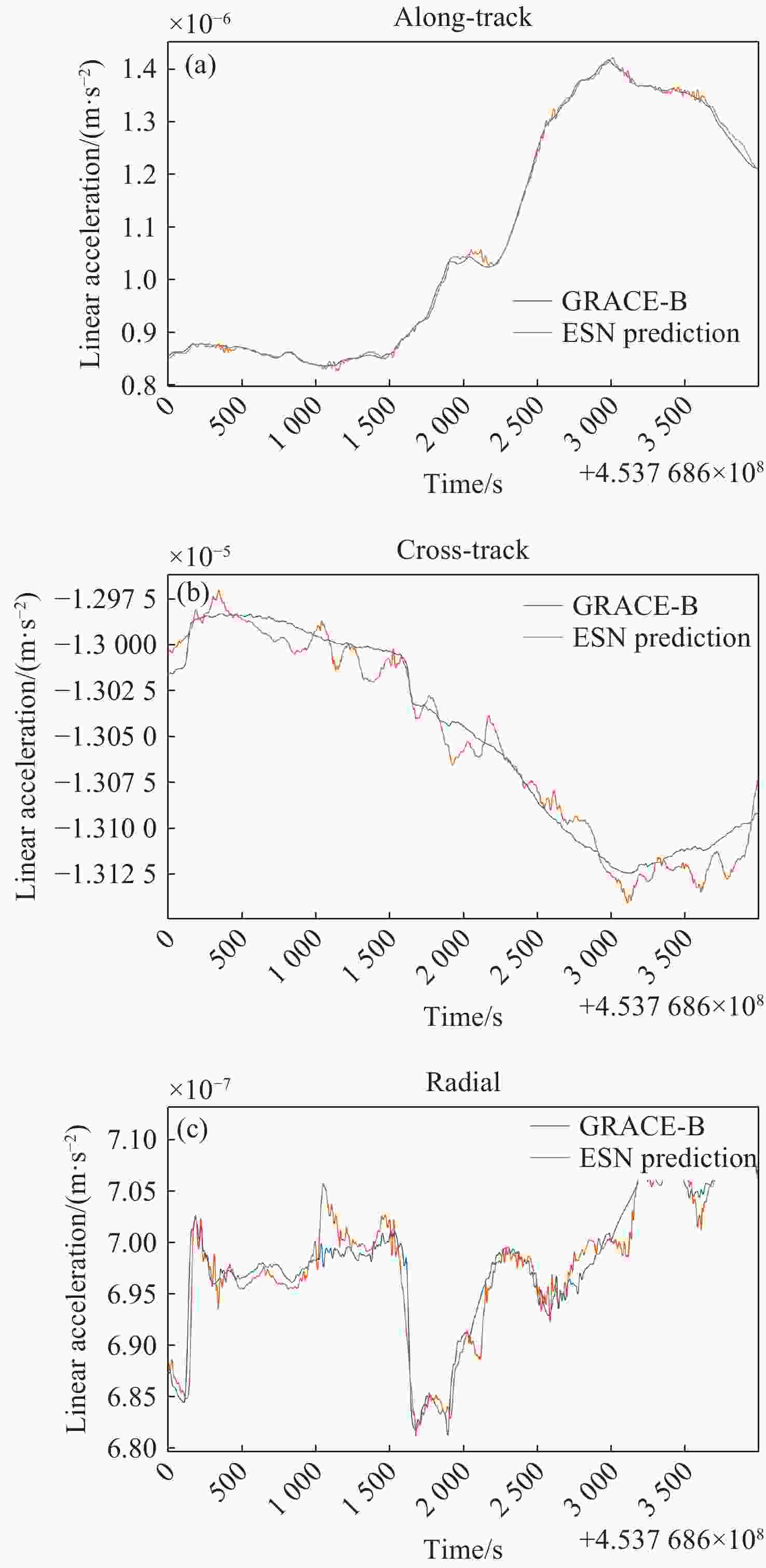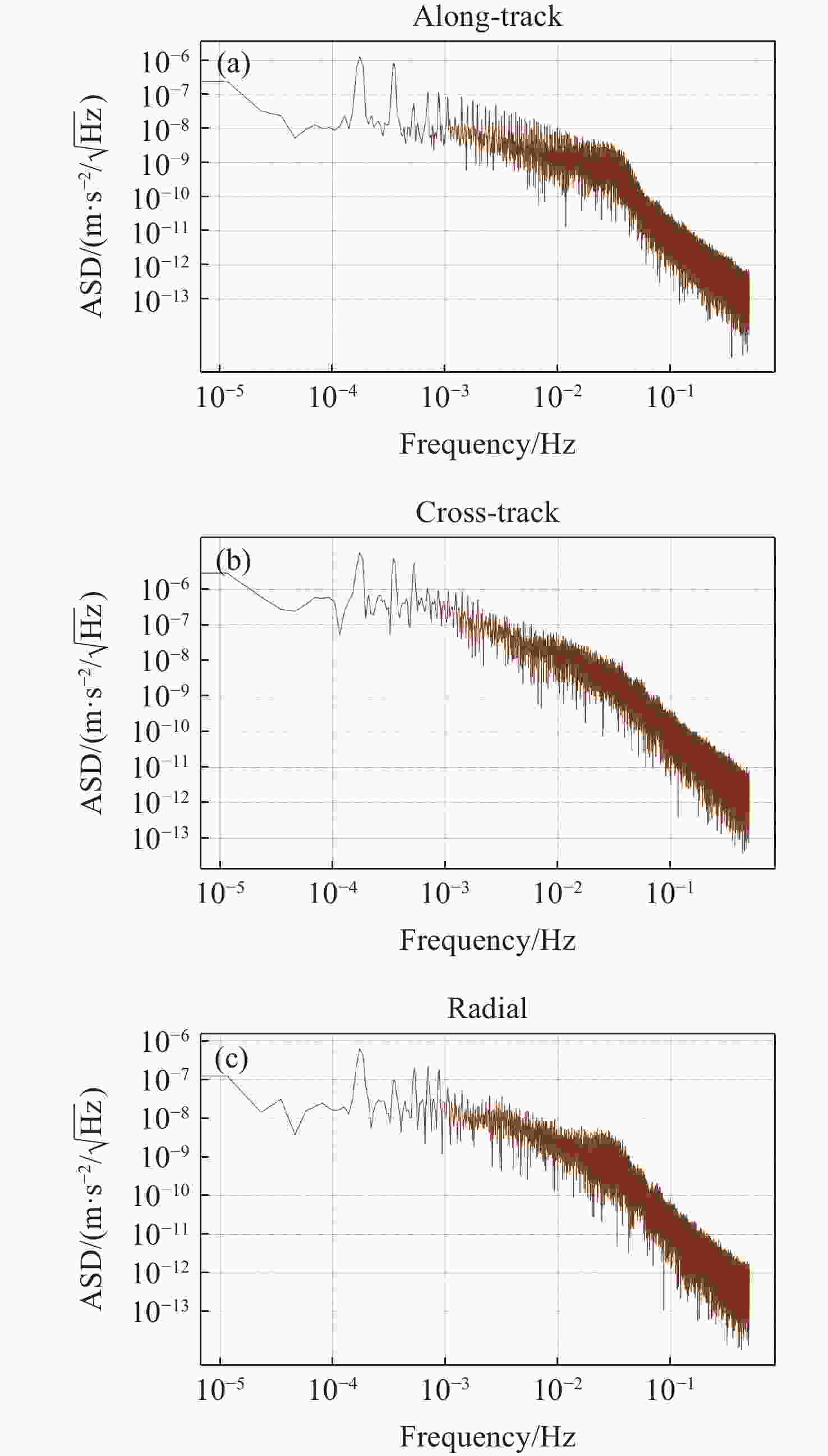Echo state network-based data recovery method for low-low satellite-to-satellite tracking missions in laser interferometry
-
摘要:
作为低低跟踪重力卫星GRACE任务的后续任务,激光干涉重力卫星任务GRACE Follow On双星之一的加速度计载荷在运行一个月后出现了异常,造成了关键科学测量数据的缺失,同时在GRACE服役期最后阶段也出现了类似情况。由此,加速度计数据恢复技术对GRACE尤其是GRACE Follow On任务探测目标的实现极为重要。本文提出了一种基于机器学习的回声状态网络模型来实现加速度计数据恢复与重建的全新方法。基于回声状态网络模型,构建双星之间加速度计数据的映射关系,并通过贝叶斯优化提高网络性能,可实现对缺失加速度计数据的高精度高效率重建。通过实测数据的实验比对,在重力场探测信号频段,模型预测结果在沿轨道方向和径向两个高灵敏轴可达到(甚至部分频段优于)
$ {10}^{-8} $ m∙s−2/$ \sqrt{{\mathrm{Hz}}} $ 量级水平,在轨道法向低灵敏轴到达$ {10}^{-8} $ m∙s−2/$ \sqrt{{\mathrm{Hz}}}\sim{10}^{-7} $ m∙s−2/$ \sqrt{{\mathrm{Hz}}} $ 水平。这一重建精度达到甚至部分优于GRACE官方数据移植精度,可初步应用于重力场反演,实现低低跟踪任务加速度计高精度数据产品恢复。-
关键词:
- 激光干涉测距重力卫星 /
- 低低跟踪 /
- 机器学习 /
- 数据处理
Abstract:As a follow-on mission to the GRACE low-low satellite-to-satellite tracking gravity mission, one of the twin satellites of laser ranging interferometer gravity mission GRACE Follow-On experienced an anomaly in its accelerometer payload after one month of operation. This anomaly resulted in the loss of scientific measurement data, a situation similar to the final phase of the GRACE. Therefore, research on accelerometer data recovery is important to achieve the detection objectives of both GRACE and GRACE Follow-On. This paper proposes a novel method for accelerometer data recovery and reconstruction based on the Echo State Network in machine learning. By constructing a mapping relationship of accelerometer data between the twin satellites using the Echo State Network and improving the network performance through Bayesian optimization, this method can achieve high-precision and high-efficiency reconstruction of missing accelerometer data. Through experimental comparison with measured data, in the frequency band of gravity field detection, the prediction results in the along-track and radial directions have been shown to reach the level of
$ {10}^{-8} $ m∙s−2/$ \sqrt{\mathrm{Hz}} $ . In the cross-track direction, the results reach levels between$ {10}^{-8}$ m∙s−2/$ \sqrt{\mathrm{Hz}} $ ~${10}^{-7} $ m∙s−2/$\sqrt{\mathrm{Hz}} $ . This reconstruction accuracy is comparable to, or even partially superior to, the official GRACE data transplant accuracy, making it preliminarily applicable to gravity field inversion. This research achieves high-precision accelerometer data recovery for low-low satellite-to-satellite tracking missions using machine learning methods. -
表 1 回声状态网络训练数据来源
Table 1. Training data source
文件名 数据标识 数据描述 ACC1B lin_accl_x、lin_accl_y、lin_accl_z 线性加速度 GNV1B xpos、ypos、zpos GPS坐标 SCA1B quatangle、quaticoeff、quatjcoeff、quatkcoeff 四元数 表 2 回声状态网络超参数设定
Table 2. Hyperparameter settings of ESN
超参数名称 参数范围 设定值 储层神经元个数 [150, 500] 347 谱半径 [0.5, 1.6] 0.95 输入缩放因子 [0.1, 0.5] 0.25 泄露率 [0.05, 0.6] 0.30 -
[1] TAPLEY B D, BETTADPUR S, RIES J C, et al. GRACE measurements of mass variability in the earth system[J]. Science, 2004, 305(5683): 503-505. [2] TAPLEY B D, WATKINS M M, FLECHTNER F, et al. Contributions of GRACE to understanding climate change[J]. Nature Climate Change, 2019, 9(5): 358-369. [3] TAPLEY B D, BETTADPUR S, WATKINS M, et al. The gravity recovery and climate experiment: mission overview and early results[J]. Geophysical Research Letters, 2004, 31(9): L09607. [4] FENG W, ZHONG M, LEMOINE J M, et al. Evaluation of groundwater depletion in north China using the Gravity Recovery and Climate Experiment (GRACE) data and ground-based measurements[J]. Water Resources Research, 2013, 49(4): 2110-2118. doi: 10.1002/wrcr.20192 [5] CHEN J L, CAZENAVE A, DAHLE C, et al. Applications and challenges of GRACE and GRACE Follow-On satellite gravimetry[J]. Surveys in Geophysics, 2022, 43(1): 305-345. [6] 苏晓莉, 平劲松, 叶其欣. GRACE卫星重力观测揭示华北地区陆地水量变化[J]. 中国科学: 地球科学,2011,54(12):1965-1970.SU X L, PING J S, YE Q X. Terrestrial water variations in the North China Plain revealed by the GRACE mission[J]. Science China Earth Sciences, 2011, 54(12): 1965-1970. [7] 王正涛. 卫星跟踪卫星测量确定地球重力场的理论与方法[D]. 武汉: 武汉大学, 2005.WANG ZH T. Theory and methodology of earth gravity field recovery by satellite-to-satellite tracking data[D]. Wuhan: Wuhan University, 2005. (in Chinese). [8] GAFUROV A, SELYUZHENOK V, LATINOVIC M, et al. GRACE observes the natural and irrigation-induced regional redistribution of water storage in Central Asia[J]. Journal of Hydrology: Regional Studies, 2024, 56: 101994. [9] LANDERER F W, FLECHTNER F M, SAVE H, et al. Extending the global mass change data record: GRACE follow-on instrument and science data performance[J]. Geophysical Research Letters, 2020, 47(12): e2020GL088306. doi: 10.1029/2020GL088306 [10] KORNFELD R P, ARNOLD B W, GROSS M A, et al. GRACE-FO: the gravity recovery and climate experiment follow-on mission[J]. Journal of Spacecraft and Rockets, 2019, 56(3): 931-951. [11] 罗志才, 钟波, 周浩, 等. 利用卫星重力测量确定地球重力场模型的进展[J]. 武汉大学学报·信息科学版,2022,47(10):1713-1727.LUO ZH C, ZHONG B, ZHOU H, et al. Progress in determining the earth's gravity field model by satellite gravimetry[J]. Geomatics and Information Science of Wuhan University, 2022, 47(10): 1713-1727. (in Chinese). [12] ABICH K, ABRAMOVICI A, AMPARAN B, et al. In-orbit performance of the GRACE follow-on laser ranging interferometer[J]. Physical Review Letters, 2019, 123(3): 031101. [13] 王娟, 齐克奇, 王少鑫, 等. 面向空间引力波探测的激光干涉技术研究进展及展望[J]. 中国科学: 物理学 力学 天文学,2024,54(7):270405.WANG J, QI K Q, WANG SH X, et al. Advance and prospect in the study of laser interferometry technology for space gravitational wave detection[J]. Scientia Sinica Physica, Mechanica & Astronomica, 2024, 54(7): 270405. (in Chinese). [14] SAVE H V, BETTADPUR S V, TAPLEY B D. Single accelerometer gravity solutions for GRACE[C]. AGU Fall Meeting, American Geophysical Union, 2006: G13A-0026. [15] SAVE H. GRACE battery status and science impact[C]. GRACE Science Team Meeting, 2016. [16] BANDIKOVA T, MCCULLOUGH C, KRUIZINGA G L, et al. GRACE accelerometer data transplant[J]. Advances in Space Research, 2019, 64(3): 623-644. [17] BEHZADPOUR S, MAYER-GÜRR T, KRAUSS S. GRACE follow-on accelerometer data recovery[J]. Journal of Geophysical Research: Solid Earth, 2021, 126(5): e2020JB021297. [18] 张荣, 李伟平, 莫同. 深度学习研究综述[J]. 信息与控制,2018,47(4):385-397.ZHANG R, LI W P, MO T. Review of deep learning[J]. Information and Control, 2018, 47(4): 385-397. (in Chinese). [19] SHILENGWE C, BANDA K, NYAMBE I. Machine learning downscaling of GRACE/GRACE-FO data to capture spatial-temporal drought effects on groundwater storage at a local scale under data-scarcity[J]. Environmental Systems Research, 2024, 13(1): 38. [20] JAEGER H, HAAS H. Harnessing nonlinearity: predicting chaotic systems and saving energy in wireless communication[J]. Science, 2004, 304(5667): 78-80. [21] SUN CH X, SONG M X, CAI D R, et al. A systematic review of echo state networks from design to application[J]. IEEE Transactions on Artificial Intelligence, 2024, 5(1): 23-37. [22] GASPARIN A, LUKOVIC S, ALIPPI C. Deep learning for time series forecasting: the electric load case[J]. CAAI Transactions on Intelligence Technology, 2022, 7(1): 1-25. doi: 10.1049/cit2.12060 [23] LI ZH, YANG Y F. Universality and approximation bounds for echo state networks with random weights[J]. IEEE Transactions on Neural Networks and Learning Systems, 2025, 36(2): 2720-2732. [24] CHEN X F, LIU M, LI SH. Echo state network with probabilistic regularization for time series prediction[J]. IEEE/CAA Journal of Automatica Sinica, 2023, 10(8): 1743-1753. doi: 10.1109/JAS.2023.123489 [25] LIU CH, ZHANG H G, LUO Y H, et al. Dual heuristic programming for optimal control of continuous-time nonlinear systems using single echo state network[J]. IEEE Transactions on Cybernetics, 2022, 52(3): 1701-1712. [26] SNOEK J, LAROCHELLE H, ADAMS R P. Practical Bayesian optimization of machine learning algorithms[C]. Proceedings of the 26th International Conference on Neural Information Processing Systems, Curran Associates Inc. , 2012: 2951-2959. [27] BECKERS T. An introduction to Gaussian process models[J]. arXiv preprint arXiv: 2102.05497, 2021. [28] HE X, ZHAO K Y, CHU X W. AutoML: a survey of the state-of-the-art[J]. Knowledge-Based Systems, 2021, 212: 106622. doi: 10.1016/j.knosys.2020.106622 -













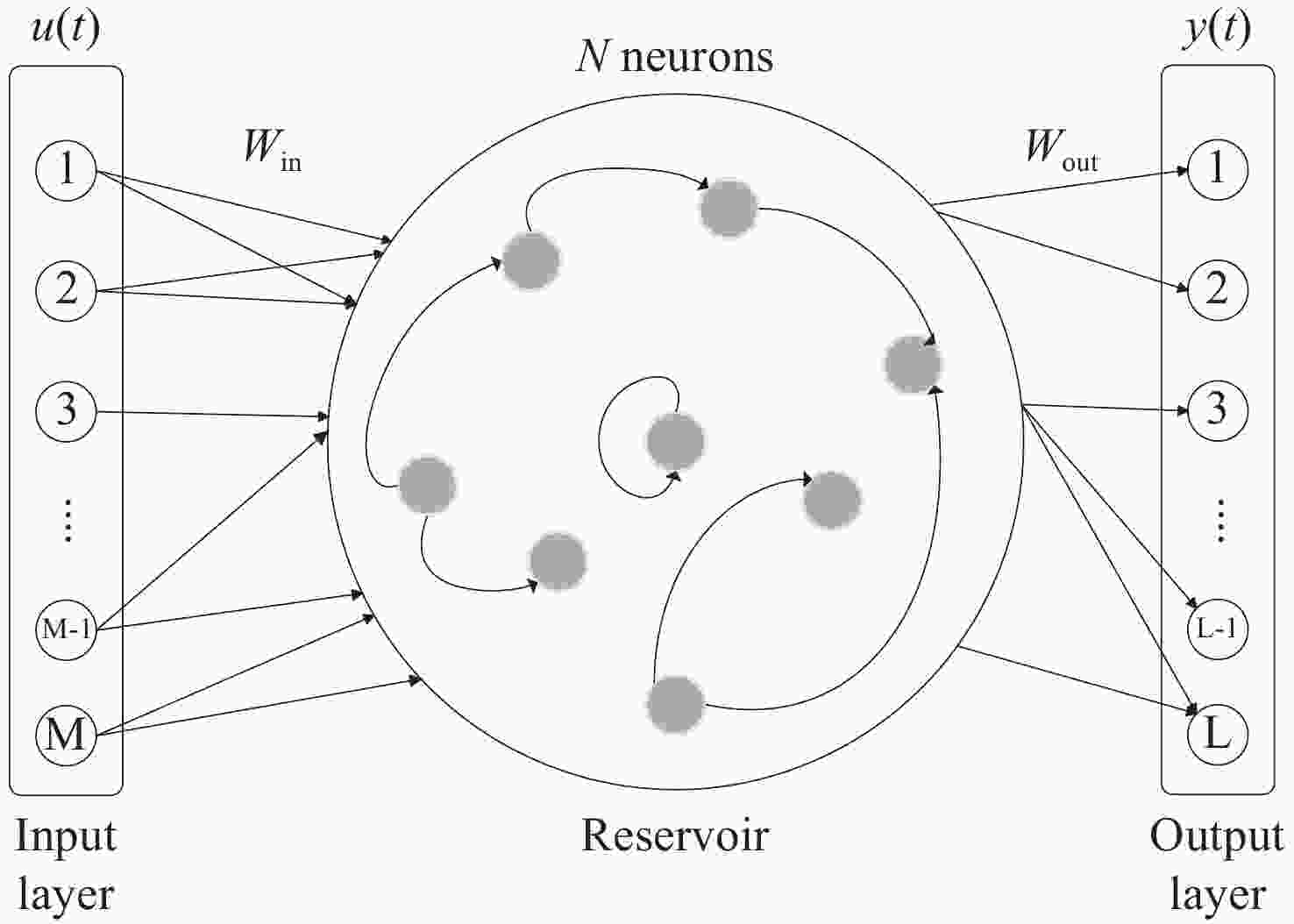
 下载:
下载:
